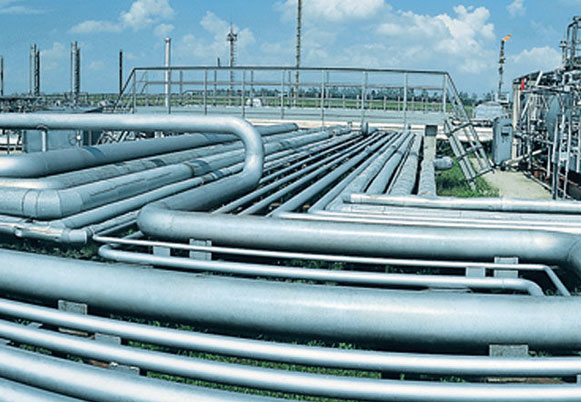Pipe fitting
Welded connections made of carbon steel, stainless steel ,and alloys ranging from 1/2 inch to 36 inches are available in various configurations including pipe Elbow ,Tees , concentric and eccentric reducers ,Sockolet ,and caps .These fitting come in SCH 10 to WPHY 694/640 and X42thru ratings
Additionally , high pressure forged fitting are available in carbon steel and stainless steel in various grades, forged or casting processes, and from WPB grade in standard classes 3000 and 6000 in rib or welded SW/ BW

Reviews
There are no reviews yet.